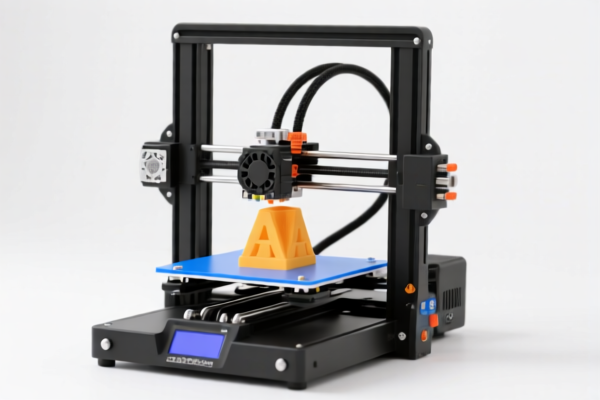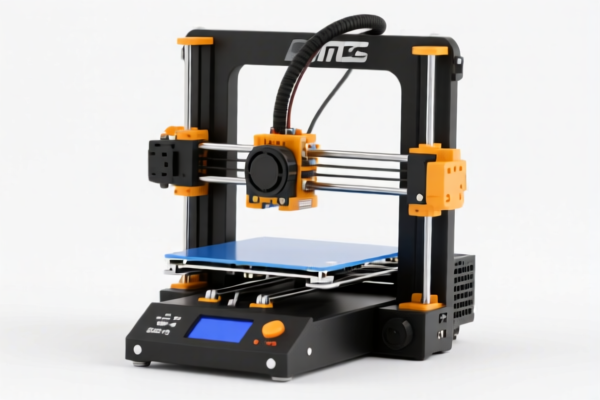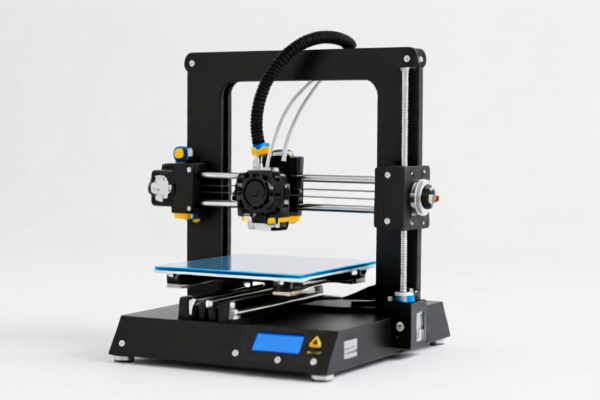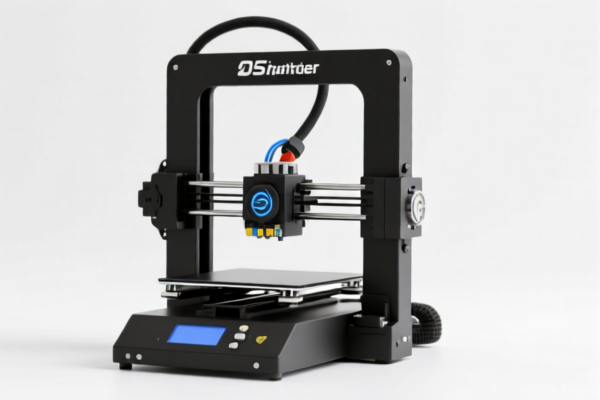| HS Code | Official Doc | Tariff Rate | Origin | Destination | Effective Date |
|---|---|---|---|---|---|
| 8479899599 | Doc | 57.5% | CN | US | 2025-05-12 |
| 8485800000 | Doc | 57.5% | CN | US | 2025-05-12 |
| 8485909000 | Doc | 55.0% | CN | US | 2025-05-12 |
| 9031808085 | Doc | 30.0% | CN | US | 2025-05-12 |
| 9031808070 | Doc | 30.0% | CN | US | 2025-05-12 |
| 9026806000 | Doc | 37.5% | CN | US | 2025-05-12 |
| 9026804000 | Doc | 55.0% | CN | US | 2025-05-12 |
| 9014805000 | Doc | 55.0% | CN | US | 2025-05-12 |
| 9014906000 | Doc | 55.0% | CN | US | 2025-05-12 |
| 9032896085 | Doc | 56.7% | CN | US | 2025-05-12 |
| 9032896075 | Doc | 56.7% | CN | US | 2025-05-12 |
| 3920995000 | Doc | 60.8% | CN | US | 2025-05-12 |
| 3920991000 | Doc | 61.0% | CN | US | 2025-05-12 |




3D Printer Enclosure
A 3D printer enclosure is a housing built around a 3D printer to provide a controlled environment for the printing process. These enclosures serve multiple purposes, impacting print quality, safety, and user experience.
Materials
Enclosures are constructed from a variety of materials, each with different properties and cost implications:
- Acrylic: A common choice, offering transparency for observation, good insulation, and relatively low cost. Can be prone to cracking with stress.
- Polycarbonate: More durable and impact-resistant than acrylic, with better temperature resistance, but generally more expensive.
- Wood: Provides good insulation and sound dampening. Often used for DIY builds and can be aesthetically pleasing, but requires treatment to resist fire and warping.
- Metal (Aluminum, Steel): Offers superior fire resistance, structural integrity, and temperature control. Typically the most expensive option.
- Combination Materials: Many enclosures utilize a combination of materials, such as a wood frame with acrylic panels or a metal frame with polycarbonate.
Purpose & Function
- Temperature Control: Maintaining a consistent temperature is crucial for printing certain materials like ABS, which are prone to warping and cracking if exposed to drafts. Enclosures trap heat, reducing temperature fluctuations.
- Draft Shielding: Protects prints from external air currents, preventing uneven cooling and layer adhesion issues.
- Noise Reduction: Encloses the printer's moving parts, significantly reducing noise pollution.
- Safety: Contains fumes released during printing, especially important when using materials like ABS or Polycarbonate, which emit potentially harmful volatile organic compounds (VOCs). Also prevents accidental contact with hot components.
- Dust and Debris Protection: Shields the printer from dust and other airborne particles, improving print quality and reducing maintenance.
Usage Scenarios
- Printing Temperature-Sensitive Materials: Essential for ABS, ASA, Polycarbonate, and Nylon.
- Home/Office Environment: Minimizes noise and fumes, making the printer more suitable for indoor use.
- Professional Settings: Provides a controlled and safe environment for consistent print quality and operator safety.
- High-Precision Printing: Reduces environmental disturbances that can affect print accuracy.
Common Types
- Full Enclosures: Completely enclose the printer, offering the best temperature control, noise reduction, and safety.
- Partial Enclosures: Cover the top and sides of the printer, providing some temperature control and draft shielding. Often easier to access the printer.
- DIY Enclosures: Constructed by the user, offering customization options and cost savings.
- Pre-built Enclosures: Manufactured enclosures designed for specific printer models or sizes.
- Heated Enclosures: Include heating elements to actively maintain a specific temperature inside the enclosure.
- Filtered Enclosures: Incorporate air filtration systems to remove fumes and particulate matter.
Based on the provided information, classifying "3d printer enclosure" requires careful consideration of its material and function. Here's a breakdown of potentially relevant HS codes:
- 8479899599: This code covers “Machines and mechanical appliances having individual functions, not specified or included elsewhere in this chapter; parts thereof: Other machines and mechanical appliances: Other: Other”. If the enclosure is considered an integral part of a 3D printer functioning as a complete machine, this could be applicable. The total tax rate is 57.5%, comprising a 2.5% base tariff, a 0.0% additional tariff, and a 30.0% additional tariff applicable after April 2, 2025, with a further 25% additional tariff for steel or aluminum products.
- 3920995000: This code covers “Other plates, sheets, film, foil and strip, of plastics, noncellular and not reinforced, laminated, supported or similarly combined with other materials: Of other plastics: Of other plastics: Other”. If the enclosure is made of plastic and is not considered a machine part, this code may be suitable. The total tax rate is 60.8%, consisting of a 5.8% base tariff, a 25.0% additional tariff, and a 30.0% additional tariff applicable after April 2, 2025.
- 3920991000: This code covers “Other plates, sheets, film, foil and strip, of plastics, noncellular and not reinforced, laminated, supported or similarly combined with other materials: Of other plastics: Of other plastics: Film, strip and sheets, all the foregoing which are flexible: Over 0.152 mm in thickness, and not in rolls”. If the enclosure is a flexible plastic sheet over 0.152 mm thick and not rolled, this code could apply. The total tax rate is 61.0%, including a 6.0% base tariff, a 25.0% additional tariff, and a 30.0% additional tariff applicable after April 2, 2025.
Important Considerations:
The classification hinges on whether the enclosure is considered a component of a machine (8479899599) or a separate article made of plastic (3920995000 or 3920991000).
Regarding HS code 3920995000 and 3920991000, please note the need to verify the plastic material composition.
Customer Reviews
The detailed explanation of HS code 9031808070 made it easy to understand the classification for my 3D printer enclosure made of plastic.
The overview of enclosure materials was helpful, but I would have liked to see more examples of enclosures made from each type of material.
The tariff rates for the different HS codes were clearly laid out. Perfect for someone planning to export 3D printer enclosures to the US.
The section on temperature control and draft shielding was informative. I didn’t know how much enclosures could impact print quality.
I found the explanation of HS code 3920995000 very clear. It helped me determine the correct classification for my acrylic enclosure.